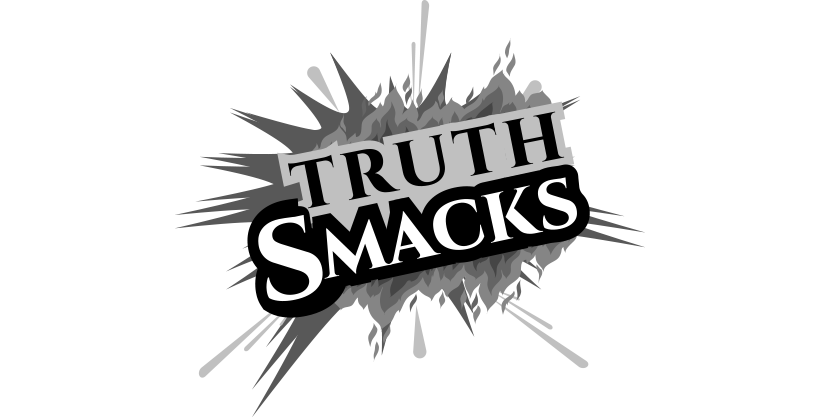How to create a strong brand identity online
Branding is an essential aspect of any business, and creating a strong brand identity is crucial for standing out in today’s crowded market. Your brand identity is what sets you apart from your competitors and makes you memorable to your target audience. In this article, we’ll explore how to create a strong brand identity online, using examples to help illustrate the process.
Before we dive in, let’s define what a brand identity is. Your brand identity is the visual, emotional, and intellectual representation of your brand. It includes your logo, color palette, typography, imagery, and messaging. Your brand identity is how your audience perceives you, and it’s what makes you unique.
Now that we’ve defined what a brand identity is, let’s talk about why it’s so important to have a strong one online. The internet has made it easier than ever for businesses to reach a global audience, but it’s also made it easier for your competitors to reach that same audience. With so many options available, it’s crucial that your brand stands out and establishes a strong presence online.
A strong brand identity helps you establish trust and credibility with your audience. When your brand looks professional and consistent, people are more likely to take you seriously and feel comfortable doing business with you. It also helps you differentiate yourself from your competitors and communicates your unique value proposition.
Now that we’ve discussed why a strong brand identity is important, let’s go over the steps to create one.
Step 1: Define Your Brand
The first step in creating a strong brand identity is to define your brand. This means figuring out what makes you unique, what you stand for, and who your target audience is.
Let’s use the example of a fictional company called “Green Earth Cleaning.” Green Earth Cleaning is a company that offers eco-friendly cleaning services. They use all-natural cleaning products, and their mission is to reduce their clients’ carbon footprint.
Step 2: Develop a Brand Positioning Statement
Once you’ve defined your brand, the next step is to develop a brand positioning statement. This statement should be a concise sentence that summarizes what your brand stands for and what makes you unique.
For Green Earth Cleaning, their brand positioning statement could be: “Green Earth Cleaning provides eco-friendly cleaning services that help homeowners and businesses reduce their carbon footprint and live a more sustainable lifestyle.”
Step 3: Create a Logo
Your logo is a visual representation of your brand, and it’s often the first thing people will see when they come across your business. It’s important to create a logo that accurately represents your brand and is visually appealing.
Green Earth Cleaning’s logo could be a stylized letter “G” made out of leaves, symbolizing their commitment to the environment. The logo should be simple, yet distinctive, and it should be easily recognizable.
Step 4: Choose a Color Palette
Your color palette should reflect your brand’s personality and values. Choose colors that resonate with your target audience and that complement your logo.
For Green Earth Cleaning, a natural color palette of greens and blues would work well. They could use a light green for their primary color, with a darker green for accents and a blue for their call-to-action buttons.
Step 5: Select Typography
Typography is an important aspect of your brand identity. It’s how your brand communicates with your audience, and it should be consistent across all of your marketing materials. Choose a font that reflects your brand’s personality and is easy to read.
For Green Earth Cleaning, a modern sans-serif font would work well. They could use a bold font for headings and a lighter font for body copy.
Step 6: Develop a Visual Identity
Your visual identity includes all of the visual elements of your brand, such as images, graphics, and icons. These elements should be consistent across all of your marketing materials and should accurately represent your brand.
Green Earth Cleaning could use a combination of photographs and illustrations to showcase their eco-friendly cleaning services. They could use images of their cleaning products, team members, and happy customers, along with illustrations of plants and nature.
Step 7: Create a Brand Voice
Your brand voice is how your brand communicates with your audience. It’s the tone, language, and style you use in your messaging. Your brand voice should be consistent across all of your marketing materials and should reflect your brand’s personality.
For Green Earth Cleaning, a friendly and approachable tone would work well. They could use language that’s informative and helpful, while also being conversational and relatable.
Step 8: Develop a Messaging Strategy
Your messaging strategy is how you communicate your brand’s unique value proposition to your audience. It’s the key messages you want to convey to your audience and how you want to communicate them.
Green Earth Cleaning’s messaging strategy could focus on their eco-friendly cleaning products and their commitment to sustainability. They could emphasize the benefits of using natural cleaning products, such as reducing chemicals in the home and promoting a healthier environment.
Step 9: Create a Brand Guidelines Document
A brand guidelines document outlines the dos and don’ts of your brand identity. It includes information on your logo, color palette, typography, imagery, and messaging. This document is essential for ensuring that your brand identity remains consistent across all of your marketing materials.
Green Earth Cleaning’s brand guidelines document could include information on how to use their logo, color palette, typography, and imagery. It could also include guidance on how to communicate their brand voice and messaging strategy.












